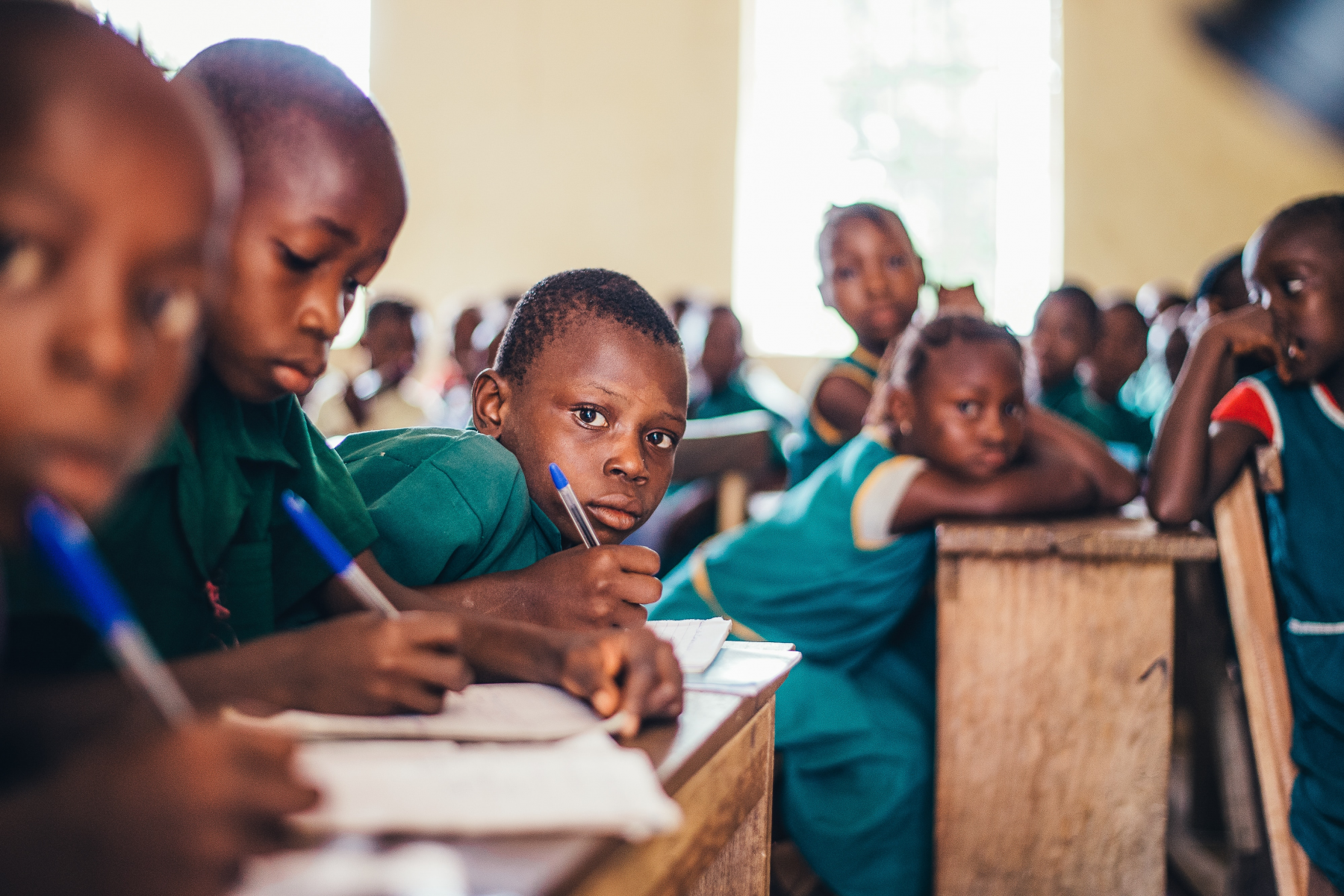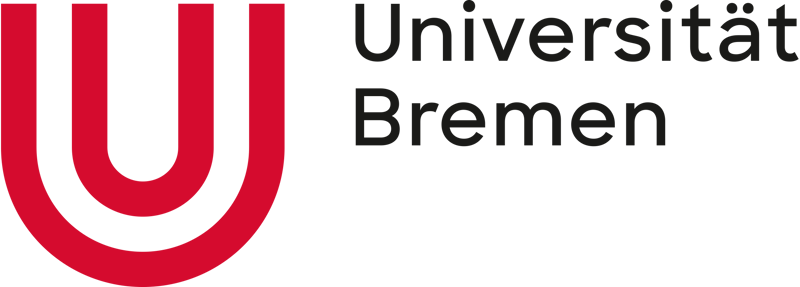The human rights discourse has multiple interpretations and implications in different contexts that sometimes coexist in tension. Under certain conditions, it can serve as a powerful tool against poverty and discrimination.
Human rights are one the most characteristic ideas of our time. References to human rights have become a commonplace in many public discussions, including transnational migration, international relations, human trafficking, and modern slavery. While debates on international development often centre a concept of human rights that tends to remain a buzzword, the very idea of rights as universal entitlements can provide a compelling basis for social transformation and policy improvement.
By stipulating an internationally agreed set of norms, the framework of human rights provide a stronger foundation for citizens to make claims to their states and to hold them accountable for their duties to ensure and enhance access to citizens’ social, economic and political rights. In previous research, I examined the impact of the introduction of human rights discourse in the discussions on education and labour rights using case studies from India, Nepal and Sierra Leone and argued that human rights can be seen as a multivocal discourse, a polyphonic formation consisting of various meanings and interpretations that have equal importance.
One example of the liberatory potential of the human rights discourse can be seen in the example of bonded labour in India among the Sahariya tribe. Bonded labour is defined by the Supplementary Slavery Convention, Article 1a, as the status arising from a pledge by a debtor of his personal services or of those of a person under his control as security for a debt. It is present in most economic sectors in South Asia, where agricultural bonded labour is one of the most widespread types of this slavery-like practice. In the case of Sahariya people residing in the border between the Indian states of Rajasthan and Madhya Pradesh, bonded labour starts with a loan that poor and often landless peasants take from a landlord. Labour becomes a collateral to the debt, so that the debtor - and often his whole family - must work for the landlord until the debt is repaid.
But the system functions in such a way that repayment of a loan is almost impossible, and debt bondage in the region has a long-term and often intergenerational character. This debt is only a symptom of a deep marginalisation of indigenous groups that have lost their traditional way of life along with access to land. Their traditional agricultural practices, such as shifting cultivation and communal land ownership, are not recognised by the state, and massive internal migration as well as illiteracy and social hierarchies prevent these communities from accessing social protection schemes.
In this context of structural oppression and systematic deprivation, human rights discourses help marginalised peoples to regain their agency and restore beliefs in their own human dignity. The introduction of the rights discourse can positively affect self-image, reduce fear to oppose the structural violence, and motivate bonded labourers to raise their voices against injustice and develop resistance strategies. The idea of human rights as universal and valid for all human beings supports the restoration of people’s beliefs in their own equality to landlords and other people with a higher social status, creating a powerful foundation for resistance. In addition, learning about their rights also provides these communities with the instruments for resistance within existing legal and political frameworks, which supports the development of peaceful protest strategies.
In other words, the concept of rights supports both the empowerment of bonded labourers and their ability to claim their rights using existing legal channels for protesting. While it remains unclear whether these changes in perceptions will lead to the full abolition of this slavery-like practice, this case has clearly shown how the human rights discourse serves as a tool for resistance against injustices at the grassroots level.
However, examining children’s right to education and primary schooling experiences in Sierra Leone shows local interpretations of human rights do not always have a liberatory potential. Recent policy developments such as the launch of Free Quality Education Program in 2018 and the adoption of a new Basic and Secondary Education Act in 2023 significantly improved the access to free education in Sierra Leone and led to a rapid growth of school enrolment rates. The government often refers to the right to education in official policies and statements. At the same time, a close analysis of these documents reveals that the notion of the ‘right to education’ is often used to justify economistic neoliberal approaches to education and social protection. Education in these discussions is often seen as a means to reach economic growth and international competitiveness rather than as a human right on its own.
There are additional cultural and social tensions associated with human rights at the grassroots level. This is especially visible in the context of children’s rights that are often seen as a danger to traditional power dynamics in families and the society. Sierra Leone is often defined as a gerontocratic society where elders occupy a top position in the social hierarchy. In consequence, human rights are sometimes seen as a threat to the whole social structure because they demand the recognition of younger community members as equal actors. Such tensions are reinforced by an individualistic interpretation of rights, often widespread among communities in rural areas, that finds support in the rhetoric adopted by governments and large donor organisations such as the World Bank.
These cases show that the human rights discourse has multiple interpretations and implications in different contexts that sometimes coexist in tension. In Sierra Leone, the introduction of the human rights discourse to social policy has brought challenges to communities, while in India, it has been adopted as a powerful tool against poverty and discrimination. These learnings operate as cautionary tale with regard to universalistic and simplistic understandings of human rights beyond Western contexts.
Header photo by Annie Spratt - Unsplash








